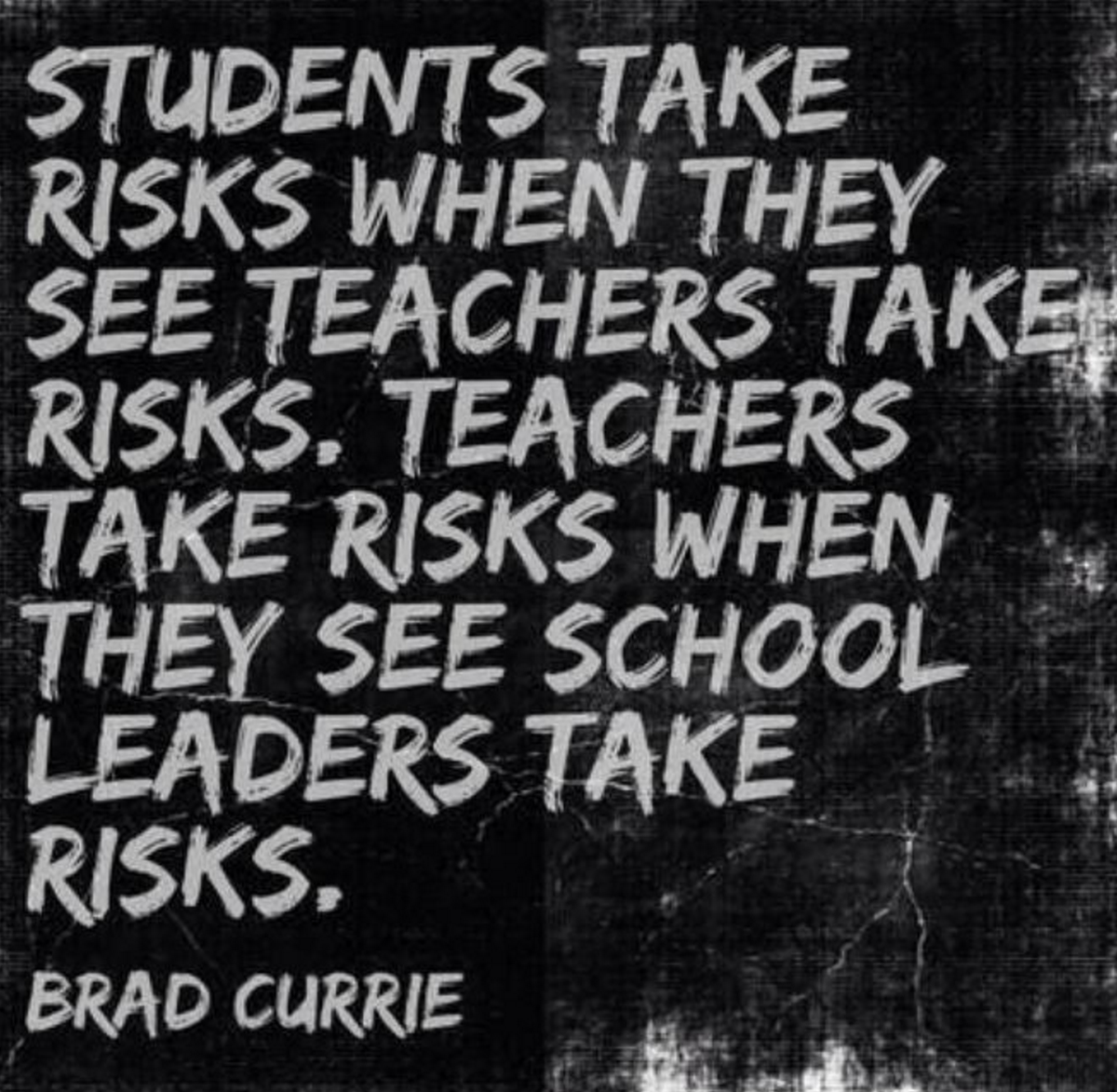I'm a lifelong Kentucky Wildcat basketball fan. Every year I follow the Wildcats and anything short of a national championship is somewhat disappointing. Growing up in Kentucky did this to me. My biggest childhood heroes were all UK basketball greats.
Yesterday, Kentucky coach John Calipari was ejected from the South Carolina game just moments after the opening tip. The Wildcats, who have struggled at times this season, went on to dismantle the Gamecocks 89-62, a convincing road win.
After the game, Calipari tweeted saying he had never been more proud of a team, adding that they don't need him anymore.
I have never been more proud of a team. They are now empowered. They've proven that they dont need me and I love it.— John Calipari (@UKCoachCalipari) February 13, 2016
Some fans speculated that Cal intentionally got himself tossed from the game to motivate the team. I have no idea if it was on purpose or not, but his post game tweet had me thinking about leadership and empowerment.
How often are school leaders standing in the way of something great? Like Calipari, do we need to get out of the way of our teams? How often are we making decisions for people that they could make more effectively on their own? And how often do we hesitate or say no because there might be some risk in saying yes? Something could go wrong.
There are all kinds of reasons leaders get in the way of their teams. But in general, a micromanaging leader is usually one who is either arrogant, afraid, or both. Giving power away and allowing followers to choose their path takes faith and trust. But only when the team is empowered can the full capacity of the organization be known.
If we want schools where teachers are making the greatest impact, we must give them the opportunity to make more decisions and have more autonomy. Teachers understand better than anyone the challenges in classrooms, and they also have the power to address these challenges like no one else.
So let's be clear. Leadership is not coercion or control. It is service and support. I challenge you to get out of the way. And, of course, you don't have to get thrown out of the game to empower your team!









